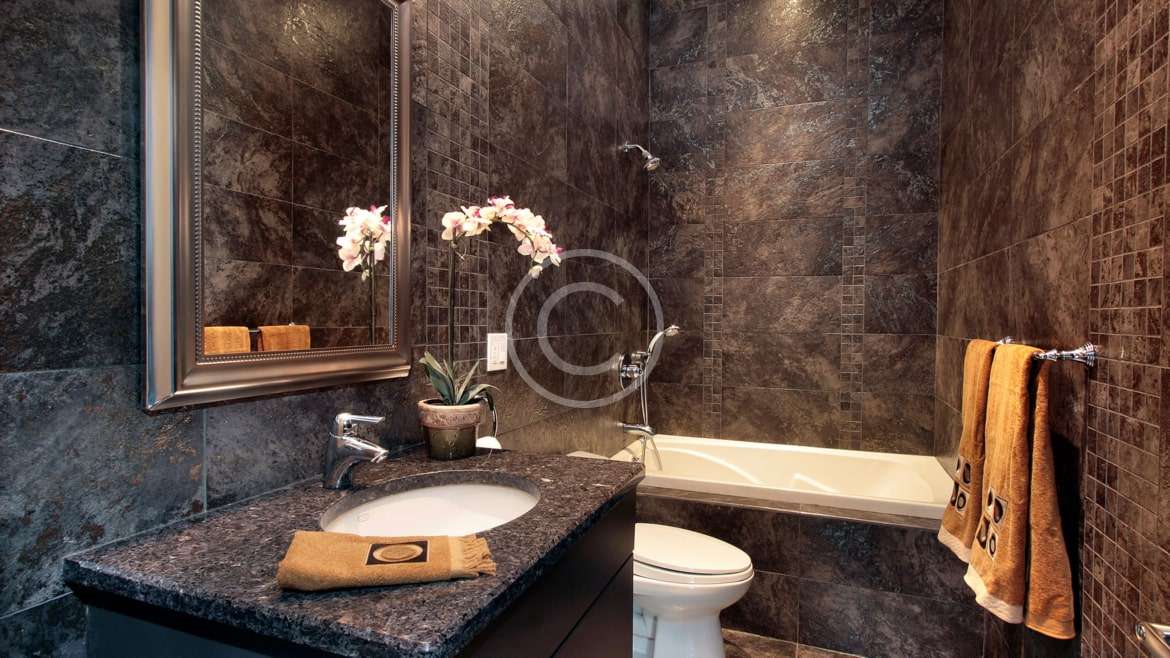
How to calculate toilet water savings: Tech Tips Revealed
Share
In an era where conservation is not just a buzzword but a necessity, understanding how to calculate toilet water savings can be a game-changer. For tech professionals and enthusiasts interested in integrating smart solutions into their homes, this task is not just about mathit's about leveraging technology for sustainability.

The Importance of Water Conservation
Water is a finite resource, and its conservation is critical for maintaining ecological balance. Toilets are one of the largest consumers of water in residential settings. Understanding the impact of your toilet's water usage is the first step in making informed decisions about upgrades or modifications. According to the EPA, toilets account for nearly 30% of an average homes indoor water consumption. Reducing this can significantly lower your water bills and contribute to a greener planet.
Understanding Toilet Water Usage
Before delving into calculations, its essential to comprehend how much water your current toilet uses. Older toilets can use as much as 6 gallons per flush, while modern, more efficient models use as little as 1.28 gallons per flush. The difference in water usage is significant and can lead to substantial savings over time.
Calculating Your Current Usage
To start, determine the gallons per flush (GPF) of your toilet. This is usually found on the toilet itself or its manual. Multiply this number by the average number of flushes per day. For example, a household that flushes ten times a day with a 3.5 GPF toilet uses:
- 3.5 GPF x 10 flushes = 35 gallons per day
Multiply this by 365 days to get the annual water usage:
- 35 gallons x 365 days = 12,775 gallons per year
Evaluating Potential Savings
If you upgrade to a water-efficient toilet, the savings can be substantial. For instance, switching to a 1.28 GPF model would reduce daily usage to:
- 1.28 GPF x 10 flushes = 12.8 gallons per day
Which translates to:
- 12.8 gallons x 365 days = 4,672 gallons per year
The difference in water savings is:
- 12,775 gallons - 4,672 gallons = 8,103 gallons saved per year
Integrating Smart Technology
For tech-savvy homeowners, integrating smart technology with water usage can provide real-time data and further optimize savings. Smart sensors and water-flow meters can track your toilet water usage and alert you to leaks or excessive consumption.
Explore our insights on reducing water bills with toilets for more innovative solutions.
Smart Toilets and Sensors
Smart toilets can automatically adjust water usage based on the type of flush required. Some models feature dual-flush technology, allowing users to select a lighter flush for liquid waste and a fuller flush for solid waste. Learn more about the efficiency of dual-flush systems in our article on dual-flush toilet efficiency.
The Financial Impact
Switching to a water-efficient toilet not only conserves water but also results in significant financial savings. Depending on your local water rates, saving thousands of gallons annually can lower your water bill substantially. Additionally, many municipalities offer rebates for installing water-efficient fixtures, further sweetening the deal.
For a comprehensive guide on choosing the best toilets for water savings, check our article on water-saving toilets for families.
Conclusion: A Greener Future
Calculating your toilet water savings is a small step with significant impact. By understanding and optimizing your toilet's water usage, you contribute to environmental conservation and enjoy financial benefits. As tech professionals, integrating smart solutions into water conservation strategies represents a forward-thinking approach to sustainable living.
For more detailed tips on DIY water conservation, don't miss our article on DIY bathroom water conservation tips.

FAQs
How much water can a family save annually with a water-efficient toilet?
By switching to a water-efficient toilet, a family can save over 8,000 gallons of water annually, depending on their usage habits and the efficiency of their previous toilet.
Are there any financial incentives for installing water-saving toilets?
Yes, many local governments and municipalities offer rebates and financial incentives to homeowners who install water-saving fixtures.
Can smart technology help in reducing water wastage in toilets?
Absolutely. Smart technology, including sensors and smart toilets, can provide data on water usage and detect leaks, thereby optimizing water usage and reducing wastage.
This article contains affiliate links. We may earn a commission at no extra cost to you.
